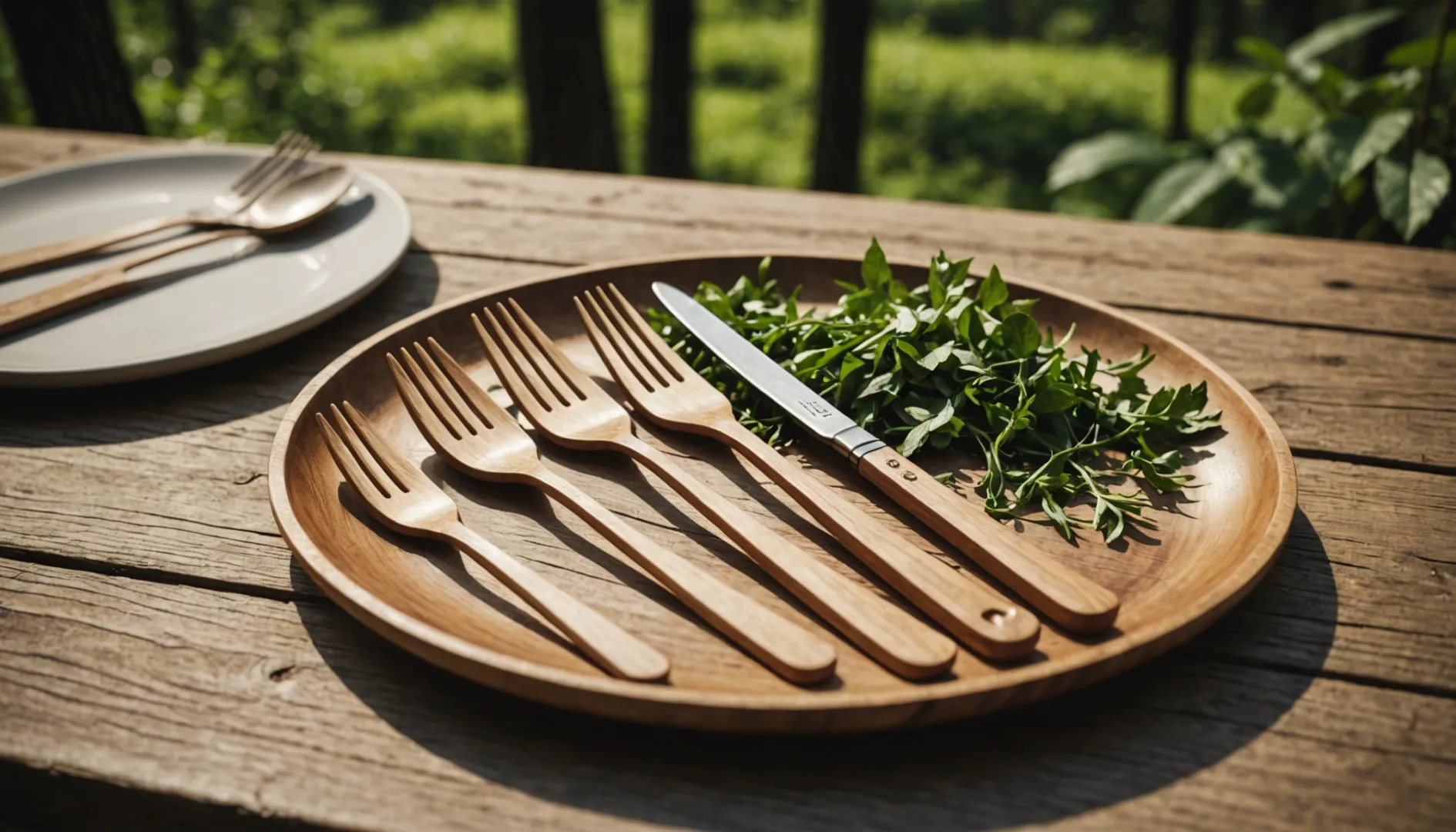
Ever wondered why some eco-friendly products seem to have a higher price tag?
Huhtamaki's disposable wooden cutlery sets are priced higher because they prioritize quality and sustainability. Made from responsibly sourced wood, these utensils are compostable and recyclable, offering a greener alternative to plastic. The premium price reflects their commitment to reducing environmental impact while ensuring top-notch craftsmanship.
Now, I get it—when I first saw the price, I thought, "Why should I pay more for something disposable?" But then, diving into Huhtamaki's ethos and their dedication to sustainable practices made me rethink that initial hesitation. Imagine sitting at a picnic or hosting a dinner party with cutlery that doesn't just end up in a landfill.
Huhtamaki's investment in eco-friendly materials is like an unspoken promise to our planet. Their cutlery, crafted from high-quality, responsibly sourced wood, is both compostable and recyclable. So yes, you might spend a bit more upfront, but knowing you're contributing to a better future makes it worth every penny.
Huhtamaki's Chinet brand aims for zero-carbon footprint by 2030.True
Chinet is committed to achieving a zero-carbon footprint by 2030.
Huhtamaki's main cutlery production facility is located in Finland.False
The main disposable cutlery production is based in the USA.
What Makes Huhtamaki's Wooden Cutlery Sustainable?
Have you ever wondered what makes Huhtamaki's wooden cutlery a go-to for eco-conscious folks? Let's dive into the nitty-gritty of why this sustainable choice is turning heads.
Huhtamaki's wooden cutlery shines in sustainability because it harnesses renewable resources, employs eco-friendly production methods, and boasts certifications like BPI and ASTM D6400. This ensures the cutlery is both compostable and biodegradable, aligning with worldwide sustainability standards.
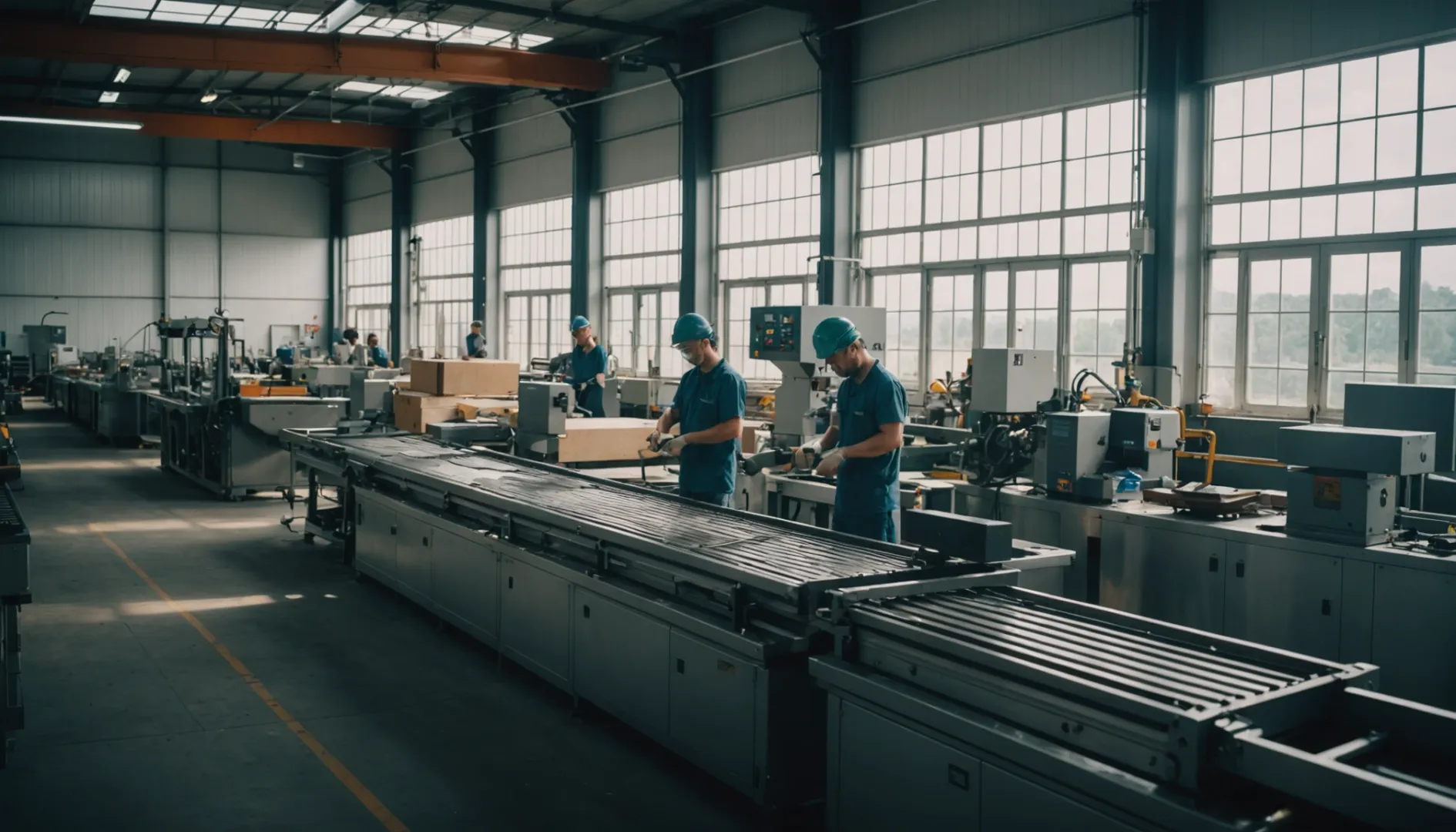
The Use of Renewable Resources
I remember the first time I held a piece of Huhtamaki's wooden cutlery—it felt like holding a little piece of nature itself. That's because Huhtamaki crafts their utensils from sustainably sourced wood, with a commitment to using FSC-certified materials. Knowing the wood comes from responsibly managed forests gives me peace of mind, and it's comforting to think that by choosing these utensils, I'm supporting efforts to preserve our precious green spaces. Plus, by reducing reliance on non-renewable plastics, Huhtamaki helps in cutting down the carbon footprint significantly—a win-win for us all.
Eco-Friendly Production Processes
The dedication Huhtamaki shows in their manufacturing processes is nothing short of inspiring. Imagine a factory where every wood chip or bit of sawdust finds a new purpose. That's exactly what happens here; leftovers are repurposed within the facility, which feels like crafting a masterpiece out of every scrap. This clever resourcefulness not only preserves natural resources but also aligns with Huhtamaki's ambitious goal of achieving a zero-carbon footprint by 2030. It's fascinating to learn about sustainable manufacturing techniques1 that genuinely make a difference.
Compostability and Biodegradability
One of the standout features of Huhtamaki's wooden cutlery is its compostability. I love the idea that after enjoying a delicious meal, the cutlery will naturally decompose in commercial composting facilities, nourishing the soil instead of cluttering landfills. Knowing that the cutlery meets strict biodegradability criteria, thanks to certifications from organizations like BPI and ASTM D6400, reassures me that I'm making a choice that truly supports our planet's health.
Certifications and Global Standards
Certifications are more than just fancy labels—they're assurances that Huhtamaki’s products live up to their environmental claims. With credentials from BPI and ASTM D6400, I feel confident that their cutlery meets top-tier environmental standards. For anyone committed to sustainability, these certifications provide the peace of mind that Huhtamaki's products align with global sustainability standards2, actively contributing to worldwide conservation efforts.
Aligning with Global Sustainability Goals
Huhtamaki doesn't just stop at creating eco-friendly products. They’re actively working towards broader sustainability goals by partnering with other like-minded organizations. Their initiatives are about more than reducing environmental impact; they're about fostering a sustainable culture in packaging and beyond. It's exciting to think about how innovations born from research and development at Huhtamaki can lead to solutions that are both kind to our planet and forward-thinking. This commitment inspires me to stay informed and engaged in sustainability in packaging3. By choosing Huhtamaki, I'm not just picking a product; I'm joining a movement towards a healthier planet.
Huhtamaki was founded 100 years ago.True
Huhtamaki celebrates a century of operation, rooted in Nordic tradition.
Chinet aims for a zero-carbon footprint by 2030.True
Chinet is committed to reducing its carbon impact by 2030.
How Does Huhtamaki Ensure High Quality in Their Products?
Ever wondered how your favorite eco-friendly packaging stays so reliable and safe?
Huhtamaki ensures high quality in its products by implementing thorough quality control systems, embracing sustainable practices, and adhering to international standards like BPI and ASTM D6400.
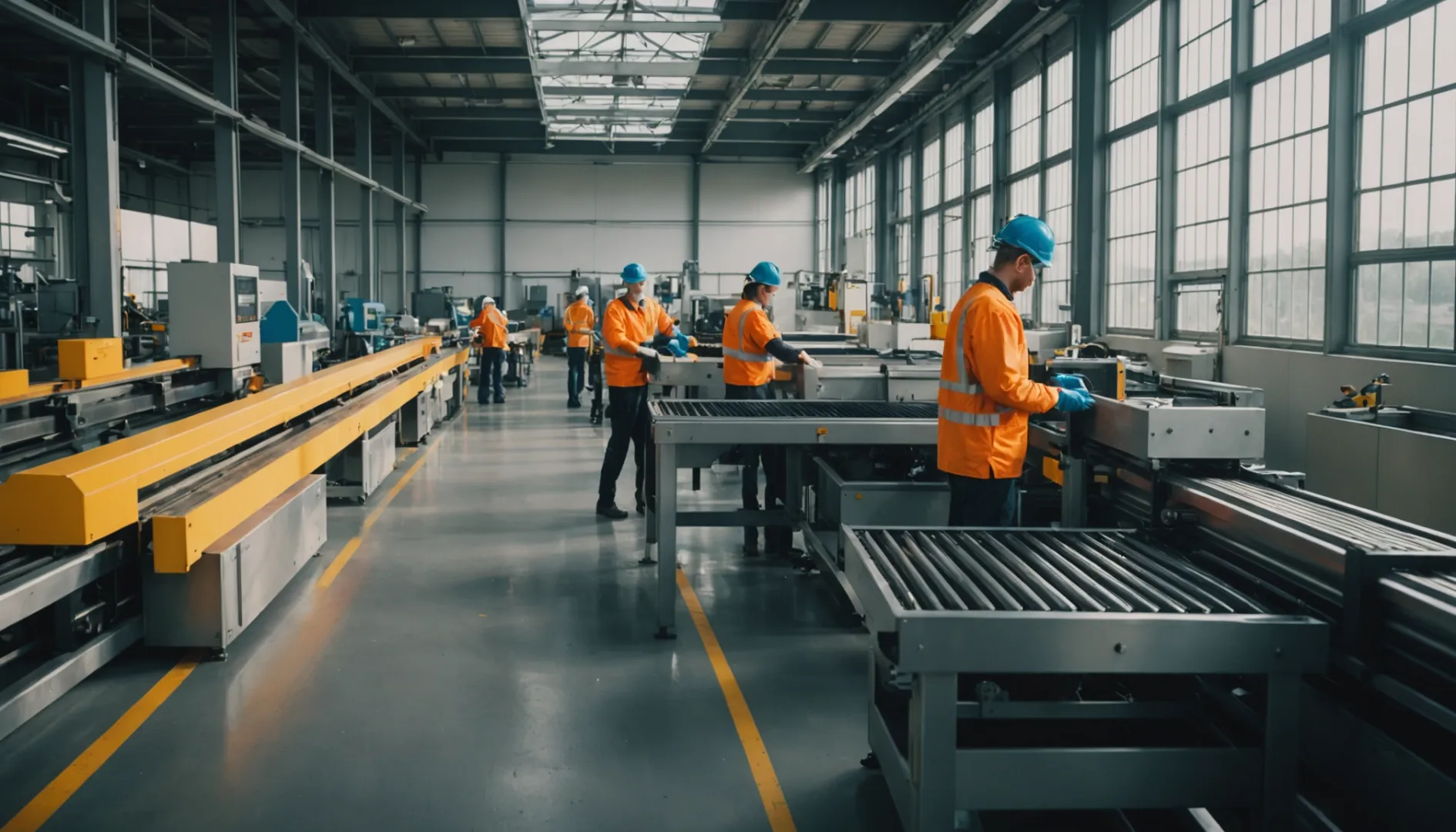
Commitment to Sustainable Practices
You know, I used to think about how my daily choices impact the planet, especially when it came to things like packaging. That's why I find Huhtamaki's commitment to sustainability so reassuring. They've poured resources into researching and developing eco-friendly materials. This isn’t just about checking a box for them—it’s about pioneering bio-plastics and recyclable solutions that are genuinely durable and safe. It's like they're setting a standard for what eco-friendly should really mean, crucial not only for environmental sustainability4 but also for maintaining product quality.
Rigorous Quality Control Systems
I remember visiting a friend who worked at a production plant, and the precision of their quality checks was astounding. Huhtamaki takes this to another level with state-of-the-art facilities that do rigorous testing and monitoring. They use advanced technologies, like AI-driven inspection systems, to catch any hiccups right from the start. It’s like having a super vigilant friend watching your back to ensure only the best products, like their famed Chinet tableware, make it to your table.
Adherence to International Standards
Meeting international benchmarks is no small feat, but Huhtamaki does it with finesse by adhering to certifications such as BPI and ASTM D6400. When I see those certifications on products, I breathe a little easier knowing they meet strict compostability and biodegradability standards critical for products like compostable tableware5. It’s this kind of dedication that assures me their products are safe for my family and kind to the Earth.
Innovation and Technology
Innovation is Huhtamaki’s middle name. They’re always on the lookout for new tech to up their game in product quality. Imagine integrating automated robotics and real-time data analytics into your daily operations—sounds like a sci-fi movie, right? But for them, it's reality. This approach doesn’t just improve efficiency; it guarantees that every item is consistently top-notch.
Continuous Employee Training
A company is only as strong as its people, and Huhtamaki knows this well. They invest heavily in training programs for their employees, focusing on cutting-edge industry practices and safety protocols. I’ve been through a few training programs myself, and I can tell you, being equipped with the latest skills makes all the difference. At Huhtamaki, this means their team is more than ready to meet high-quality goals, ensuring every product they release upholds their sterling reputation.
Huhtamaki's main cutlery production is in Finland.False
Huhtamaki's main disposable cutlery production is in the USA.
Chinet aims for zero-carbon footprint by 2030.True
Chinet is committed to achieving a zero-carbon footprint by 2030.
Why Should I Choose Wooden Cutlery for Environmental Benefits?
Ever thought about how your choice of cutlery could help the planet? It turns out, swapping plastic for wooden utensils is a game-changer for Mother Earth.
Wooden cutlery is a sustainable alternative that provides environmental benefits such as being biodegradable, reducing carbon emissions, and supporting sustainable sourcing. Unlike plastic, which pollutes the environment, wooden utensils decompose naturally and foster eco-friendly habits.
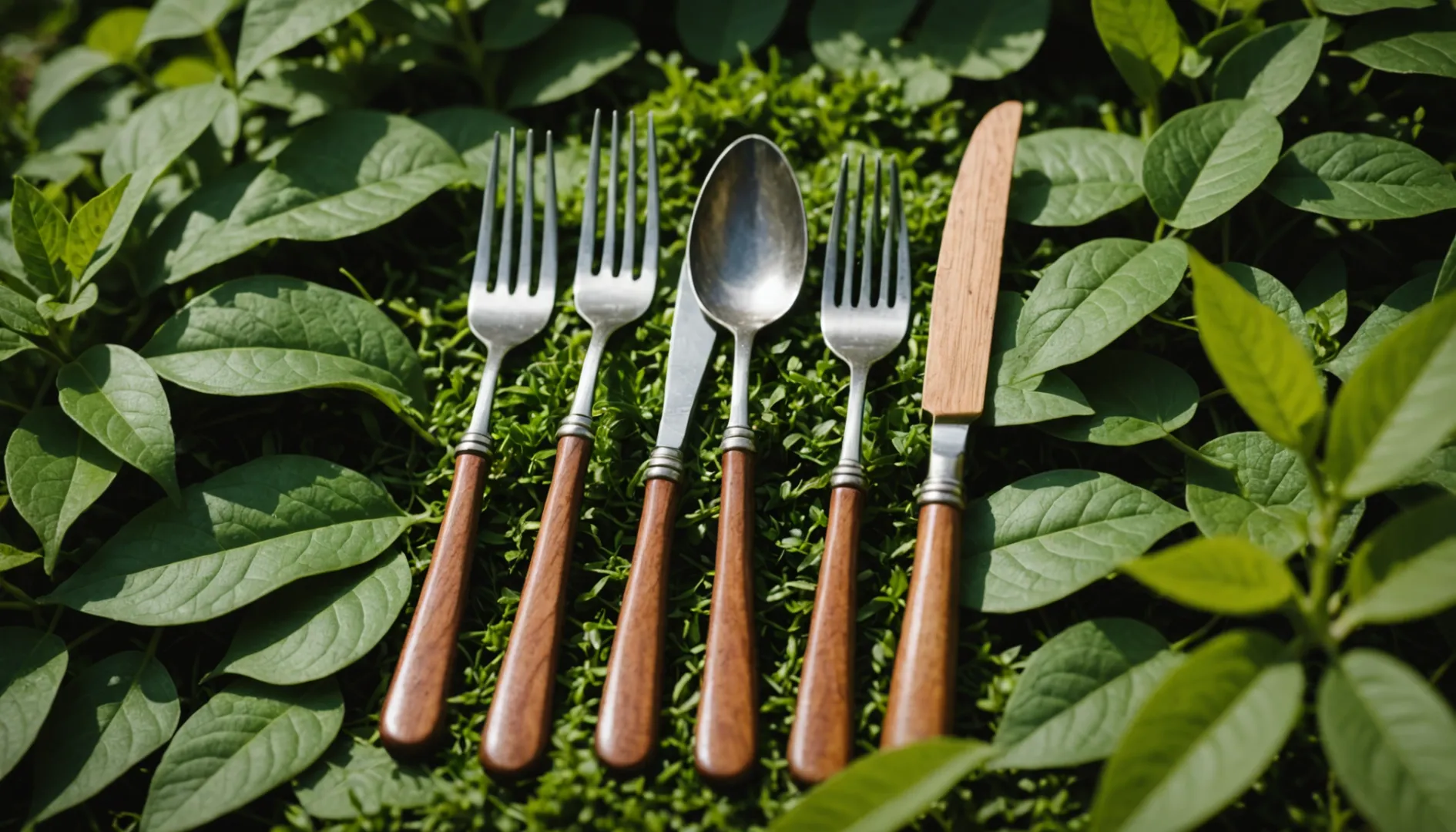
The Biodegradability Advantage
I remember the first time I heard about the biodegradability of wooden cutlery. A friend had organized a zero-waste picnic and proudly demonstrated how her bamboo forks and knives could break down naturally. Unlike plastic, which sticks around for centuries, these wooden alternatives just disappear in a few months under composting conditions. It's like nature’s way of saying thank you for making a better choice.
Reducing Carbon Footprint
Thinking back to my college days, I often wondered about the environmental impact of everyday items. Turns out, wooden cutlery usually has a smaller carbon footprint compared to plastics. This is because producing wood-based products typically uses less energy. Plus, many companies get their wood from sustainable forests, balancing out the carbon absorbed by trees with what’s released during production. It's a relief knowing that every little fork or spoon can make a difference.
Sustainable Sourcing and Production
Most wooden cutlery is crafted from sustainably harvested materials like bamboo or birch. Bamboo, with its rapid growth and minimal environmental impact, always fascinated me. Companies that adhere to certified forestry practices6 maintain ecological balance and protect biodiversity. Knowing this makes every meal feel like a small step toward preserving our planet's beauty.
Alternatives to Plastic Pollution
Plastic pollution has always been a big concern for me. It's distressing to see how it affects our oceans and wildlife globally. Wooden cutlery presents a practical solution, offering an alternative that doesn’t contribute to this problem. As they are compostable, wooden utensils help reduce the plastic waste that ends up in marine environments and threatens aquatic life.
Supporting Eco-Friendly Initiatives
Choosing wooden cutlery is not just about personal preference; it's also about supporting eco-friendly businesses dedicated to reducing single-use plastics. Many companies producing wooden utensils are committed to broader sustainability goals, such as using renewable energy sources7 in production and minimizing waste. By opting for wooden over plastic, I feel I'm contributing to something bigger—promoting long-term ecological sustainability.
These elements collectively illustrate how choosing wooden cutlery addresses immediate environmental concerns while paving the way for a more sustainable future. Every time I pick up a wooden spoon, it’s like casting a vote for our planet's well-being.
Huhtamaki's Chinet brand aims for zero-carbon by 2030.True
Chinet aims to achieve a zero-carbon footprint by 2030.
Huhtamaki's main cutlery production is in Finland.False
The main disposable cutlery production is in the USA.
How does Huhtamaki's pricing compare to other brands?
Have you ever wondered if paying more for eco-friendly products really makes a difference? Let's explore how Huhtamaki's pricing strategy compares to its competitors and whether it's worth the premium for sustainability.
Huhtamaki's prices are typically higher than other brands, reflecting its commitment to premium, eco-friendly packaging. This positions it as a leader in sustainability, attracting consumers who value environmental responsibility.
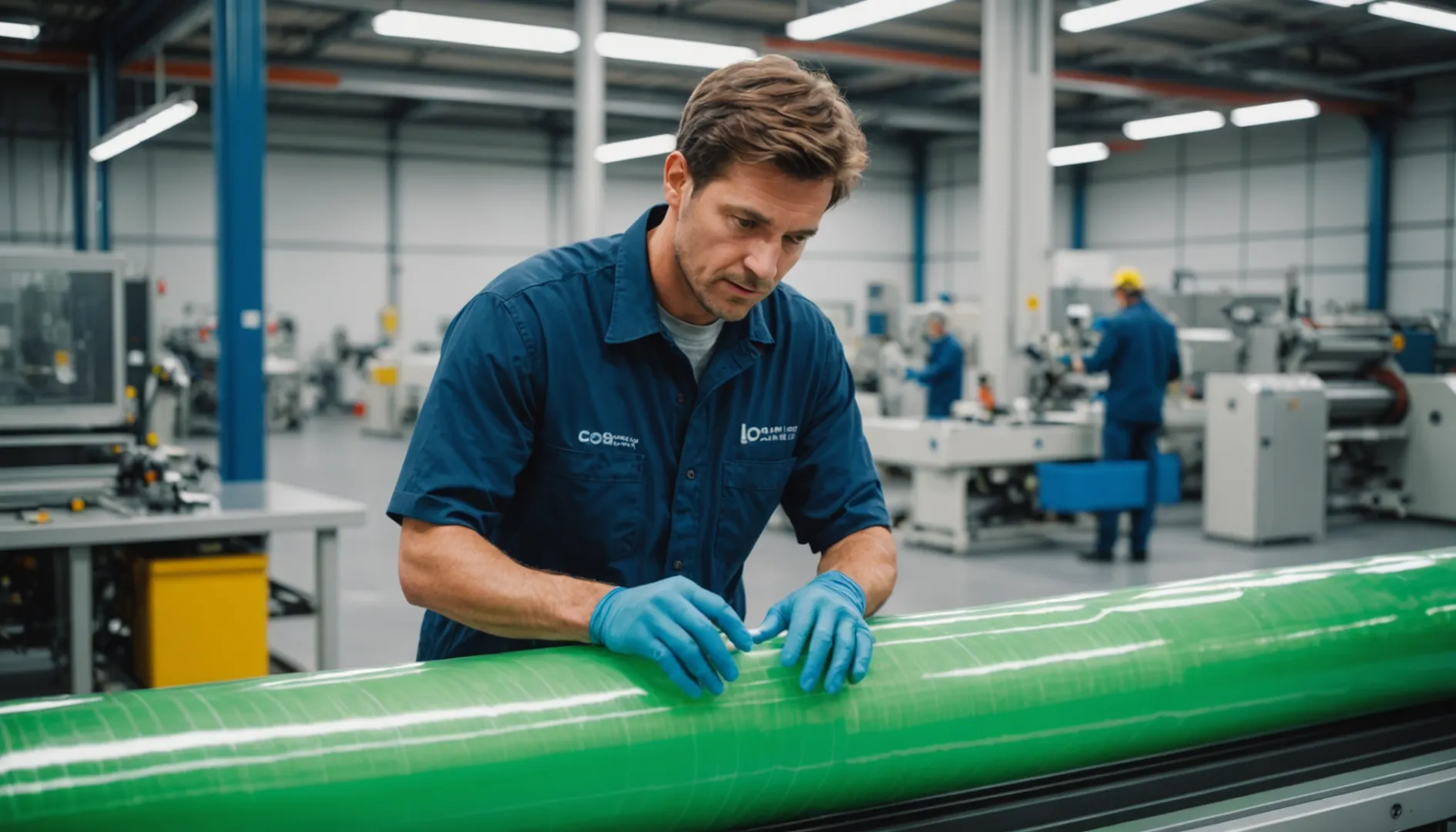
Premium Pricing for Premium Products
I remember the first time I picked up a Chinet plate at a friend's barbecue. It looked so sturdy and felt different from the flimsy options I was used to. That's when I learned about Huhtamaki's commitment to sustainability. They use eco-friendly materials that make their products more expensive than others, but there's peace of mind in knowing you're making a greener choice. The premium finish and compostable nature of products like Chinet's disposable tableware8 justify the higher price.
Comparison with Competitors
In my quest to be more eco-conscious, I've compared Huhtamaki with brands like Dart Container and Georgia-Pacific. While Dart offers cheaper solutions, they don't match Huhtamaki's eco-certifications like BPI and ASTM D6400. Georgia-Pacific sits in the middle, offering sustainable yet more affordable options. But if you're like me and willing to pay extra for those green certifications, Huhtamaki stands out as a clear choice.
Market Impact and Consumer Perception
I’ve noticed that people around me are increasingly choosing products based on their environmental impact, even if it costs a bit more. Huhtamaki’s strategy of offering premium sustainable products taps into this trend. By targeting those of us who prioritize sustainability over cost, they’ve built a strong market presence. Their goal of achieving a zero-carbon footprint by 2030 further enhances their appeal as a leader in sustainable packaging9.
Analyzing Cost vs. Value
When I think about the higher cost of Huhtamaki products, I weigh it against the environmental benefits. Sure, their compostable straws or recycled clear cups are pricier upfront, but they contribute to reducing carbon footprints—a cause I deeply care about. Understanding the cost versus environmental impact10 helps me see the broader value in choosing Huhtamaki over cheaper alternatives. It's not just about the price tag; it's about investing in a sustainable future.
Huhtamaki operates in over 50 countries worldwide.True
Huhtamaki has a major presence in Europe, Asia, and North America.
Chinet's disposable cutlery is only recyclable, not compostable.False
Chinet's tableware is both compostable and recyclable.
Conclusion
Huhtamaki's disposable wooden cutlery is priced higher due to its commitment to quality, sustainability, and eco-friendly practices, offering compostable alternatives that reduce environmental impact.
-
Explore innovative methods that minimize environmental impact during production. ↩
-
Understand how international criteria ensure eco-friendly product compliance. ↩
-
Learn about ongoing efforts to reduce environmental impact in packaging. ↩
-
Explore Huhtamaki's eco-friendly initiatives in sustainable packaging solutions. ↩
-
Discover certifications that guarantee the eco-friendliness of Huhtamaki's tableware. ↩
-
Learn about sustainable methods ensuring ecological balance in forestry. ↩
-
Explore how renewable energy reduces production's carbon footprint. ↩
-
Explore detailed price comparisons to evaluate value against other brands. ↩
-
Understand Huhtamaki's competitive positioning in the sustainable packaging industry. ↩
-
Learn how eco-friendly packaging can justify higher costs through sustainability benefits. ↩

